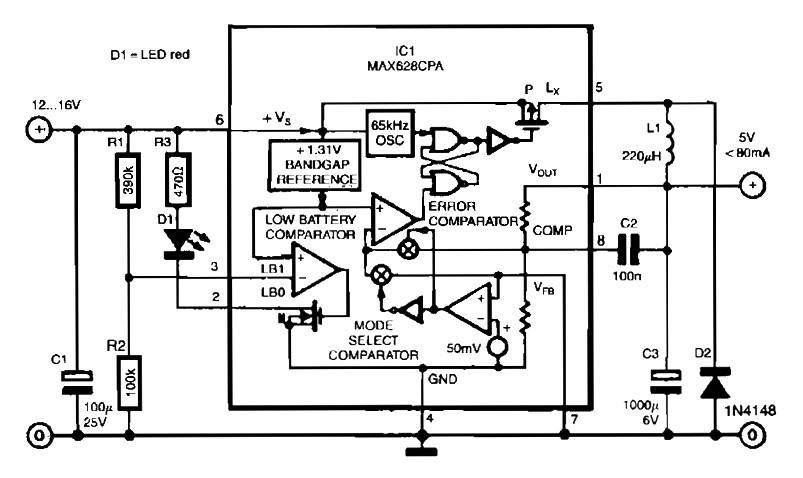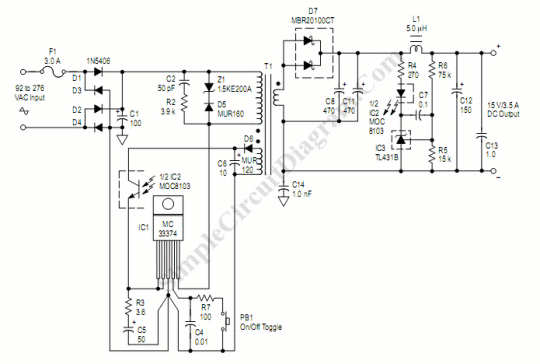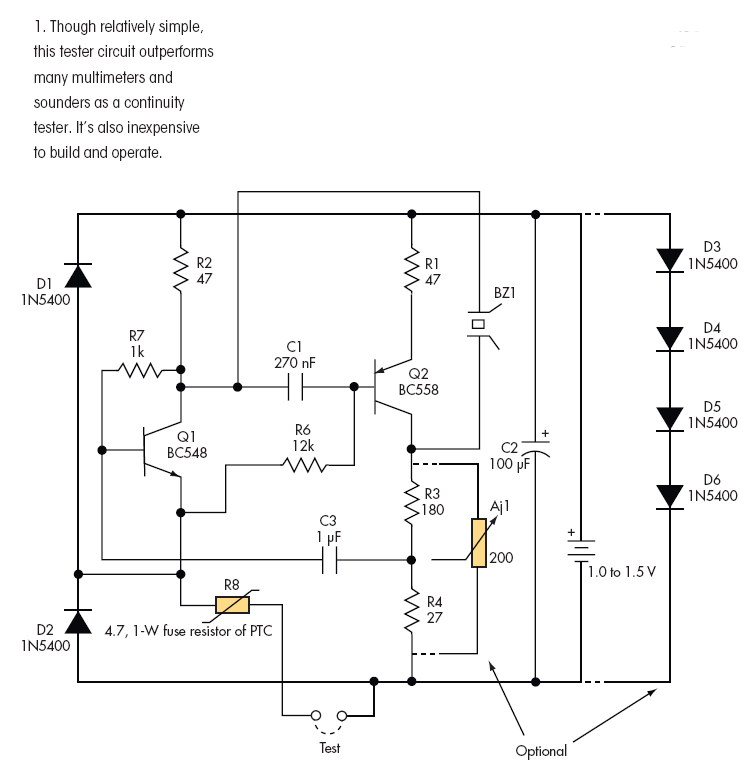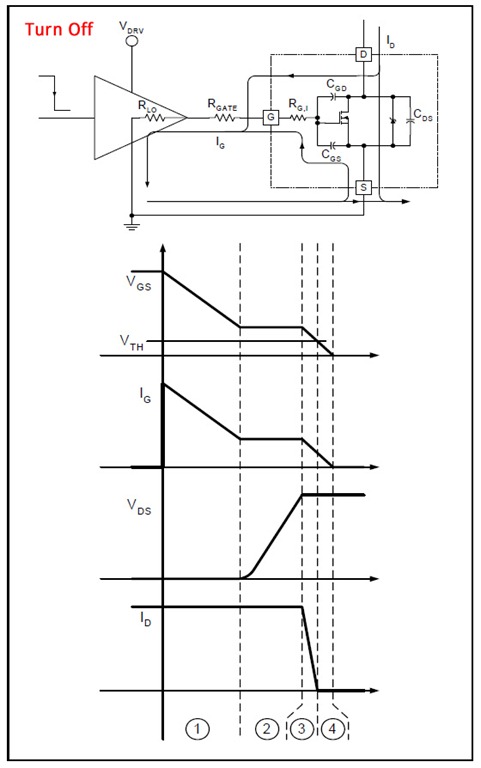
Design Software for Non Isolated SMPS
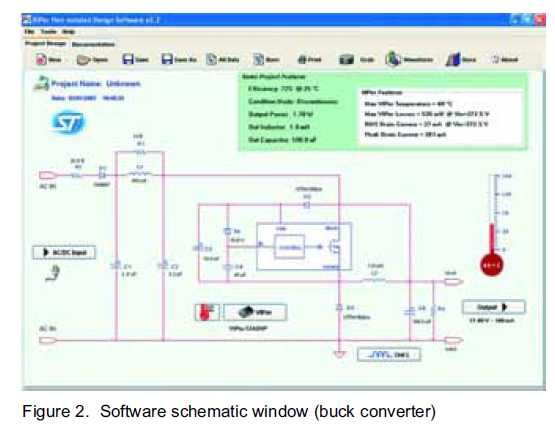
The new VIPer12A and VIPer22A software can be utilized to supply the numerous electronic components needed for home appliances. Various power supply topologies may be employed.
The VIPer12A and VIPer22A are integrated circuits designed for power supply applications, particularly suitable for driving various home appliance electronics. These devices are capable of operating in different topologies, including flyback, buck, and boost configurations, allowing for flexibility in design based on the specific requirements of the application.
The VIPer series features built-in high-voltage power MOSFETs, which contribute to their efficiency and reduce the need for external components. The VIPer12A is typically used for lower power applications, while the VIPer22A can handle higher power levels, making it ideal for more demanding appliances. Both devices support a wide input voltage range, which is essential for accommodating different mains voltages across regions.
In a typical schematic utilizing the VIPer12A or VIPer22A, the input stage includes a rectifier circuit to convert AC mains voltage into a DC voltage. This is followed by the VIPer device, which regulates the output voltage and current to the load, ensuring stable operation under varying conditions. Feedback mechanisms are often implemented to maintain the desired output characteristics, which may include opto-isolators for isolation between the primary and secondary sides of the power supply.
Additional components such as capacitors, inductors, and diodes are integrated into the design to filter noise, provide energy storage, and ensure smooth operation. The choice of topology will depend on factors such as efficiency requirements, cost constraints, and the specific load characteristics of the appliance being powered.
Overall, the VIPer12A and VIPer22A represent versatile solutions for power supply design in home appliances, offering the ability to efficiently manage a wide range of electronic components.Using the new VIPer12A and VIPer22A software To supply the large number of electronics components required for home appliances, different power supply topologies can be used. We.. 🔗 External reference
The VIPer12A and VIPer22A are integrated circuits designed for power supply applications, particularly suitable for driving various home appliance electronics. These devices are capable of operating in different topologies, including flyback, buck, and boost configurations, allowing for flexibility in design based on the specific requirements of the application.
The VIPer series features built-in high-voltage power MOSFETs, which contribute to their efficiency and reduce the need for external components. The VIPer12A is typically used for lower power applications, while the VIPer22A can handle higher power levels, making it ideal for more demanding appliances. Both devices support a wide input voltage range, which is essential for accommodating different mains voltages across regions.
In a typical schematic utilizing the VIPer12A or VIPer22A, the input stage includes a rectifier circuit to convert AC mains voltage into a DC voltage. This is followed by the VIPer device, which regulates the output voltage and current to the load, ensuring stable operation under varying conditions. Feedback mechanisms are often implemented to maintain the desired output characteristics, which may include opto-isolators for isolation between the primary and secondary sides of the power supply.
Additional components such as capacitors, inductors, and diodes are integrated into the design to filter noise, provide energy storage, and ensure smooth operation. The choice of topology will depend on factors such as efficiency requirements, cost constraints, and the specific load characteristics of the appliance being powered.
Overall, the VIPer12A and VIPer22A represent versatile solutions for power supply design in home appliances, offering the ability to efficiently manage a wide range of electronic components.Using the new VIPer12A and VIPer22A software To supply the large number of electronics components required for home appliances, different power supply topologies can be used. We.. 🔗 External reference
